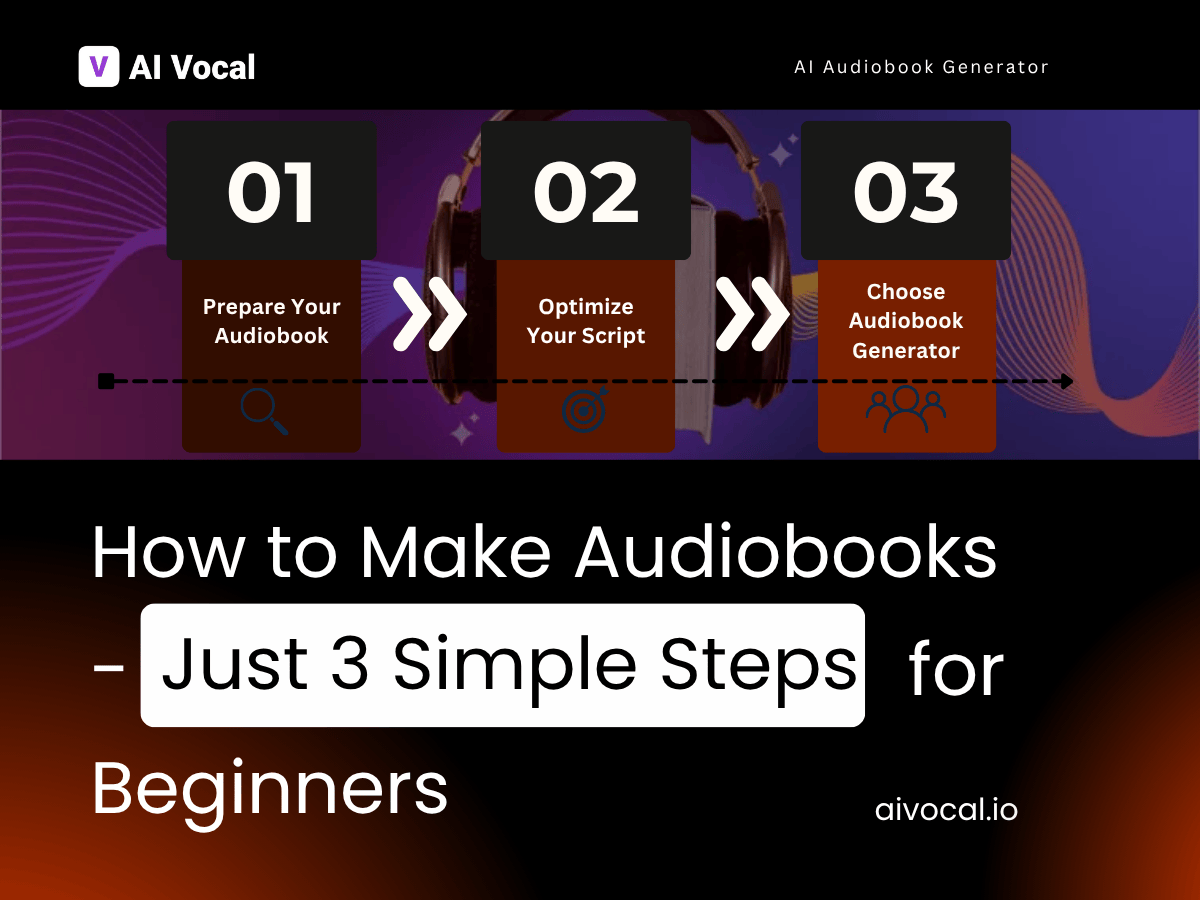Introduction: How to Make Audiobooks for Beginners

In recent years, with the popularity of digital reading and mobile devices, the global audiobook market has shown a rapid growth trend. According to authoritative data from Statista, the global audiobook market size has reached US$5.3 billion in 2023, and it continues to grow at an average annual rate of 8.8%. It is expected to exceed US$7.4 billion by 2027, which provides content creators with unprecedented development opportunities. For beginners, it is not difficult to make audiobooks at home. You just need to prepare basic recording equipment, select appropriate text content, and master simple post-processing techniques. This article will take you through the complete production process from text to finished product in three simple steps. The operation is simple and easy to use, especially suitable for beginners.
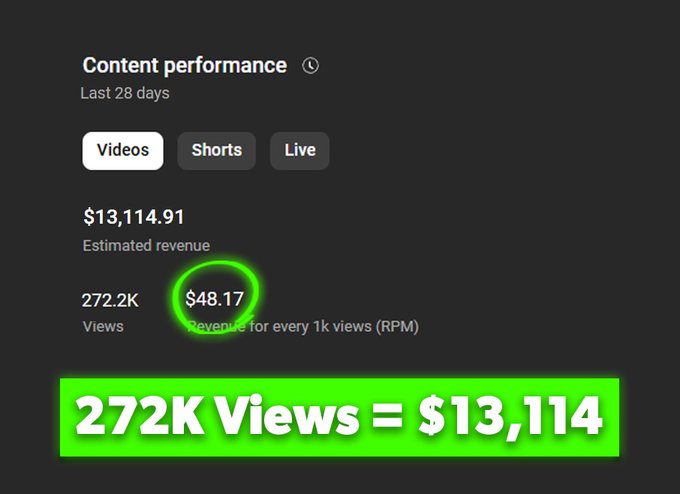
Self-made audiobooks can not only transform text works into diversified products, but also obtain continuous income through audio platforms, while improving personal expression skills. Through this article, you will systematically master practical skills such as microphone selection techniques, noise control methods, paragraph pause rules, and understand how to enhance narrative appeal through tone changes, and finally produce high-quality audio content that meets professional standards.
What You Need to Know Before You Make Audiobooks
There are several key factors to understand before you start making an audiobook. The audiobook production process mainly includes four links: text preparation, recording, post-production and publishing. There are currently two mainstream production methods on the market: manual narration and artificial intelligence speech synthesis (TTS technology). Manual narration is recorded by professional voice actors, which is emotionally rich and expressive, but requires more time and cost; while TTS technology automatically generates speech through algorithms. Although it is less natural, it has the advantages of low cost and fast production.
To produce a 50,000-word audiobook, manual recording usually takes 40-60 hours, which may not include preparation and editing time, while TTS only takes a few hours thanks to powerful AI algorithms. In terms of cost, professional manual recording costs about 200-500 yuan/hour, while TTS may be as low as 0.5-2 yuan/thousand words, and some platforms are even free. In recent years, TTS technology has been rapidly popularized, mainly due to its significant cost advantages, such as saving more than 90% of costs, extremely fast production speed, which is usually more than 10 times faster than manual recording, and the convenience of 24-hour uninterrupted work. It is especially suitable for content creators with limited budgets or who need to mass produce quickly.
How to Make Audiobooks: Step by Step
Now that you know the market prospects and production methods of audiobooks, we will teach you how to make audiobooks through 3 key steps, from equipment preparation to finished product output, so you can easily start your creative journey.
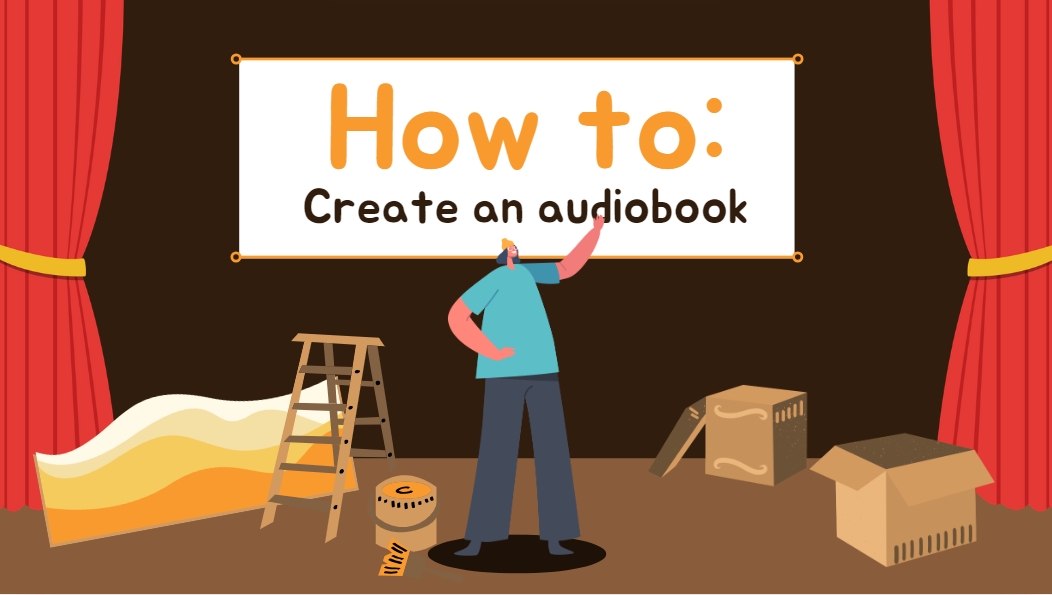
Step 1: Choose and Prepare Your Audiobook
When making an audiobook, text selection and preparation are the first steps. First, you need to determine the source of the content. You can choose public domain works that are not protected by copyright, such as classical literature or original content. If you use other people's works, you must obtain copyright authorization. The text format needs to be adjusted to a version suitable for reading aloud: delete page numbers and footnotes, adjust paragraph spacing for easy pauses, and convert complex charts into text descriptions. To enhance the auditory experience, it is recommended to use a concise short sentence structure, and add emotional cues such as "[excitedly]" when necessary, and avoid long and difficult sentences and complex terms. If AI TTS technology is used, the text needs to be more standardized: remove special symbols, unify the pronunciation of proper nouns, and write numbers and abbreviations in full, which can significantly improve the naturalness and accuracy of speech synthesis.
Step 2: Optimize Your Script for Voice Output
How to make audiobooks? The second step is to professionally optimize the voice of the script. First, simplify the language expression, delete uncommon terms, complex rhetoric and ambiguous quotations, and ensure that the content can be easily understood by the audience. Secondly, it is necessary to mark the reading prompts, add notes such as [contemplation] and [cheerful] where emotional expression is required, mark [pause 0.5 seconds] at the logical turning point, and mark key sentences with [emphasis]. Finally, long content should be split into independent files according to scenes or chapters. It is recommended that each audio clip is 15-30 minutes long. Add clear prompts such as "Chapter X" at the beginning of each file, and add transition words such as "End of this chapter" at the end. At the same time, establish a standardized naming system in the project folder, such as "Book Title_Chapter Number_Version Date", which can not only ensure recording efficiency, but also facilitate post-editing and management.
Step 3: Generate Audio with an Audiobook Generator
After completing the script optimization, we enter the key link of audiobook production, which is to choose the right AI voice tool. High-quality TTS tools can convert text into natural and fluent speech, which directly affects the final quality of the work. Below we will comprehensively analyze how to choose the most suitable AI voice generation tool from voice quality, parameter adjustment to post-optimization to help you create professional audio works.
Let's Make Audiobooks for Free
ElevenLabs
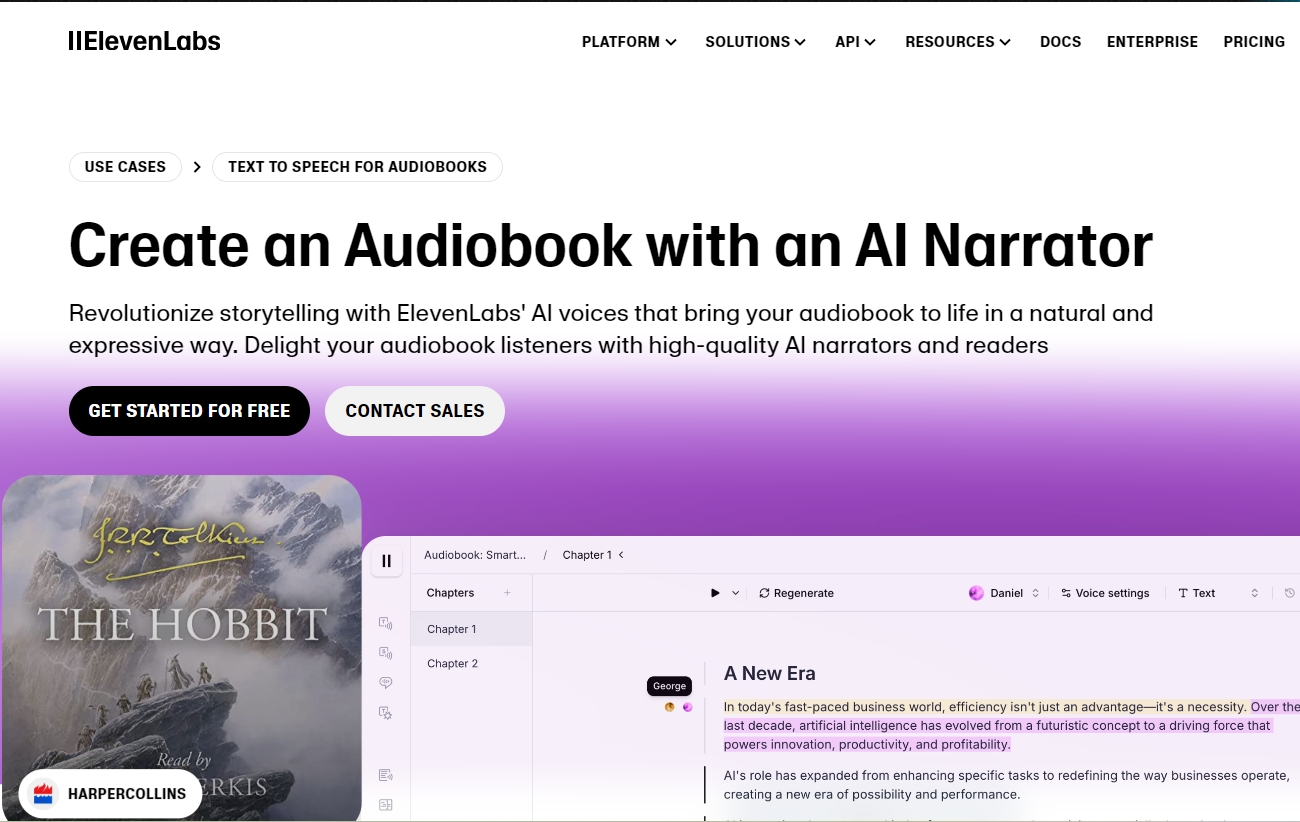
ElevenLabs is a representative of professional-grade TTS tools. Its voice quality is close to real human voice, and it is particularly good at emotional expression and intonation control. It supports fine parameter adjustment, including speech rate, pitch and emotional intensity adjustment, and is suitable for audiobook production that requires highly natural voice. However, it is quite expensive and is currently mainly suitable for independent creators and small studios that pursue high quality.
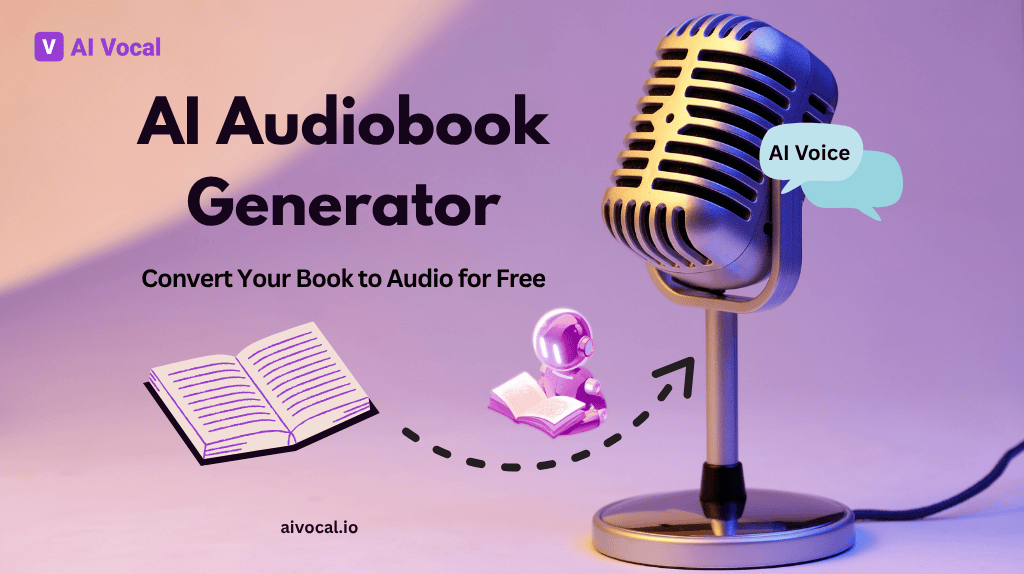
AIVocal is outstanding in multilingual support, supporting conversion of more than 50 languages and dialects. The voice quality is stable but the emotional expression is slightly weak. The parameter adjustment interface is intuitive, and preset voice style templates are provided, so novices can quickly get started with the AI Audiobook Generator. It is currently completely free to use and is an ideal choice for those who are new to multilingual audiobook production and foreign language learning content.
Murf.ai
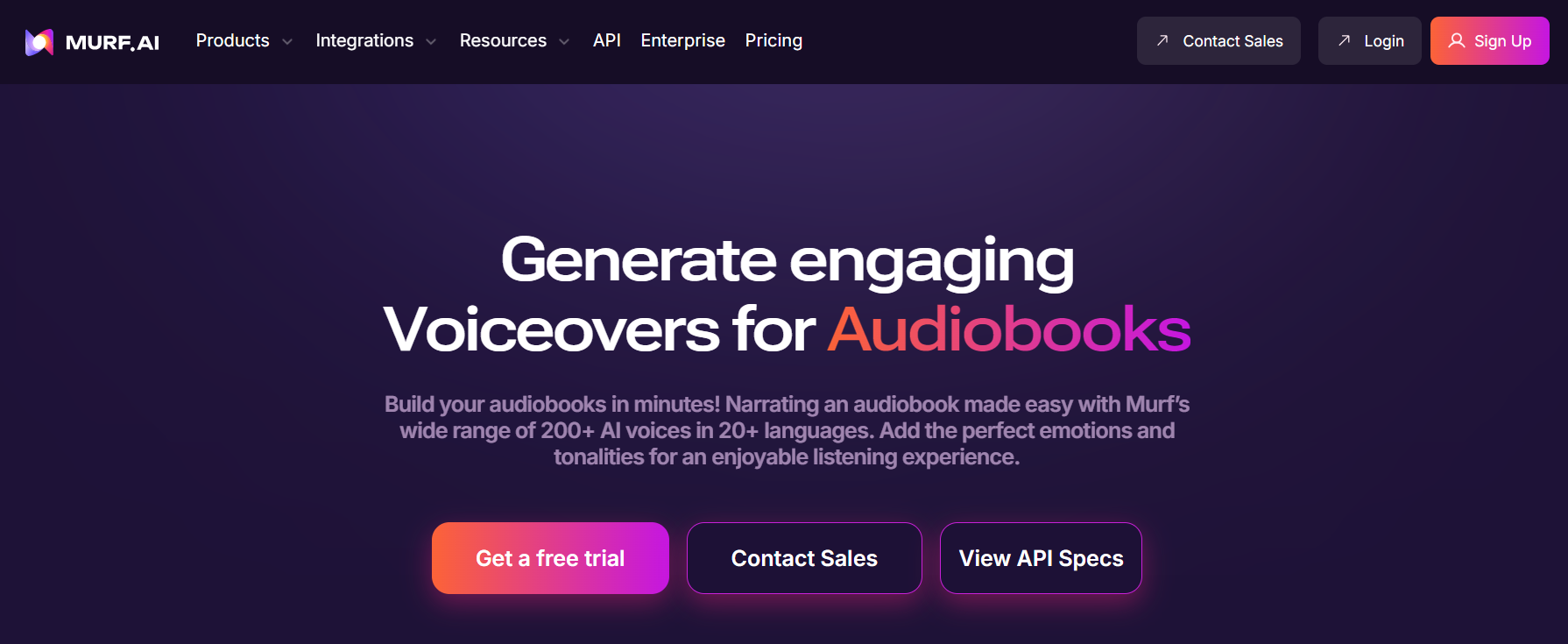
Murf.ai focuses on commercial-grade voice cloning services, with professional voice quality and strong consistency. It provides enterprise-level API interfaces and team collaboration functions, and parameter adjustment focuses on brand voice consistency maintenance. The operation interface is relatively complex and suitable for users with a technical background. The price is relatively high, and enterprise customized solutions need to be priced separately. It is mainly aimed at large publishing houses and media organizations.
PlayHT
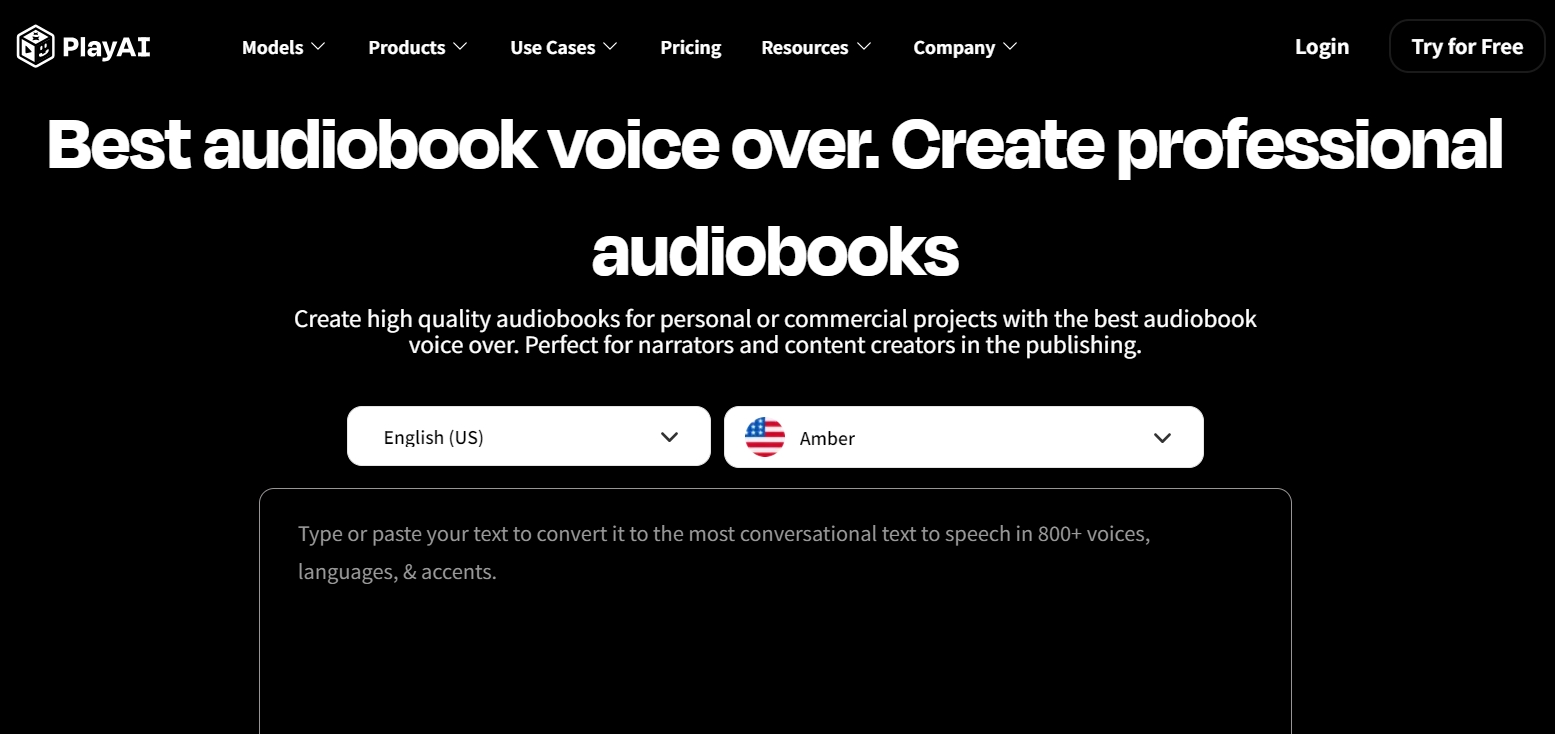
PlayHT is known for its cost-effectiveness, with good voice quality but simple emotional levels. It provides one-click parameter optimization and batch processing functions, making it the easiest to operate. The free version is available for trial, and the premium version starts at $12.5 per month, which is particularly suitable for producing educational and informational audio content.
The above are the four more practical TTS tools on the market. When choosing, novices need to focus on evaluating the naturalness of the voice, the types of accents supported, and the output format. When using, they should first adjust the basic parameters: control the speaking speed to 160-180 words/minute, adjust the tone according to the content type, such as +5% high pitch for popular science, keep it neutral for novels, and enhance the expressiveness through emotional tags [happy] [serious]. It is recommended to use test text to generate different voice samples first, focusing on checking the accuracy of polyphonic word processing and digital reading. The automatic chapter segmentation function can be enabled for batch generation. After the first version is completed, it must be auditioned chapter by chapter. For paragraphs with obvious mechanical feeling, adjust the pause interval or reselect the speaker to optimize, and finally export them uniformly.
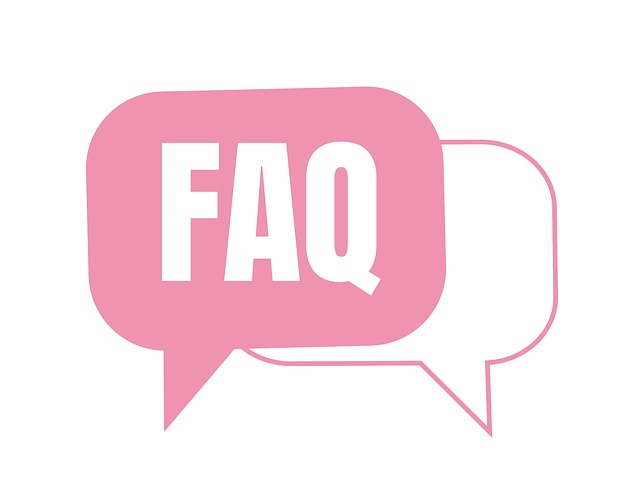
FAQs About Making Audiobooks
Q1. Can I create an audiobook entirely with AI voice? Yes, as long as the platform allows it and quality is acceptable.
Q2. Is it allowed to publish AI-generated audiobooks on Audible? Audible is cautiously supporting AI content; policies are evolving.
Q3. How long does it take to make a 5-hour audiobook using TTS? TTS generation takes minutes; post-production may take a few hours.
Q4. Can AI voices mimic real narrators? Advanced tools offer voice cloning, but emotions may still feel limited.
Q5. How much can I earn from an audiobook created with AI? Some creators report $3,000–$5,000/month via Amazon + wide distribution.
Conclusion
Creating your first audiobook may seem intimidating, but as you've seen, it's entirely achievable in just three simple steps. By choosing and preparing your content, optimizing your script for voice output, and using an audiobook generator powered by AI, even beginners can produce high-quality audiobooks quickly and affordably.
Thanks to advances in text-to-speech (TTS) technology, you no longer need a recording studio, expensive voice talent, or editing expertise to share your story with the world. Whether you're a writer, educator, or entrepreneur, audiobooks offer a powerful way to reach a wider audience—and now you have the tools to get started.
So don’t wait. Test out a voice generator, turn your written content into spoken word, and start publishing on platforms like Audible, Google Play Books, or your own website. Your first audiobook is just a few clicks away.


